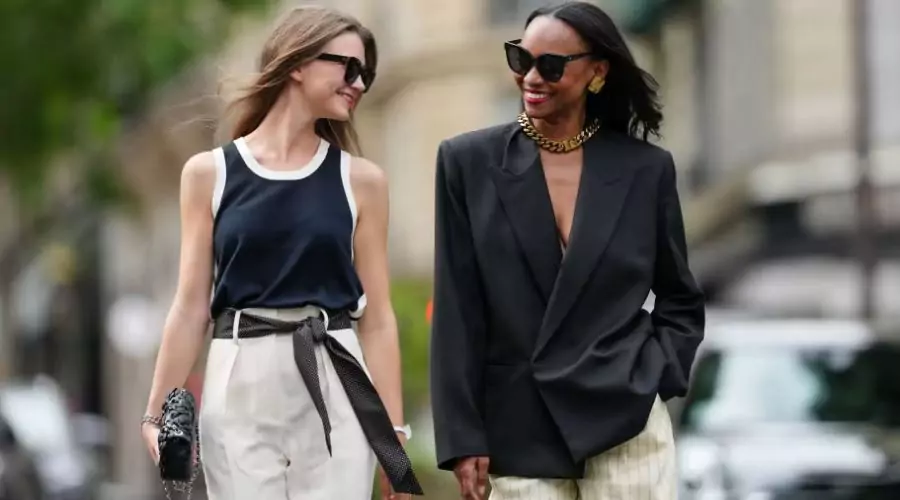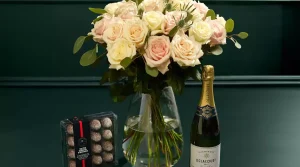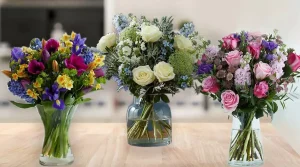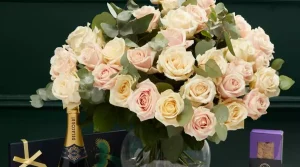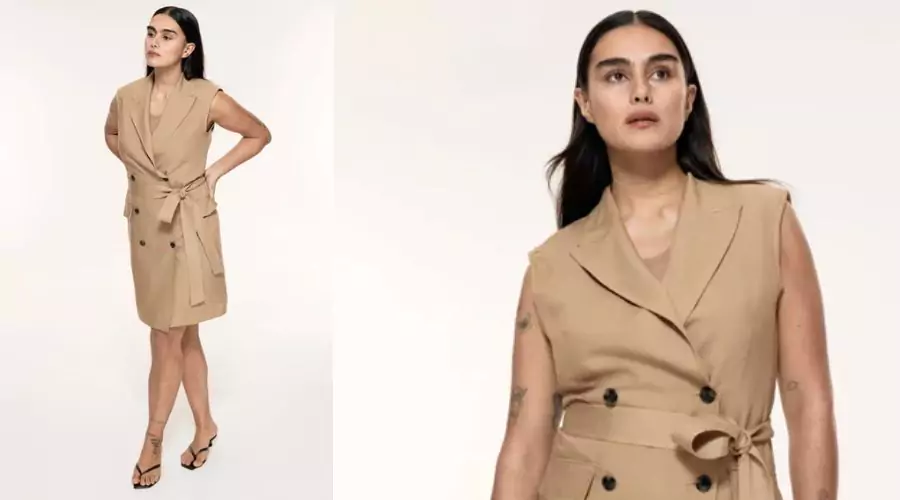Casual Wear vs Workwear: The Style Tightrope We're All Walking
In today’s rapidly evolving fashion landscape, the distinction between casual wear and workwear is becoming increasingly blurred. With the rise of remote work, flexible office environments, and a growing emphasis on personal expression, many professionals find themselves navigating the delicate balance between comfort and professionalism. This blog explores the nuances of casual wear vs workwear, helping you create a versatile wardrobe that seamlessly transitions from leisure to business.
As we delve into this topic, it’s essential to understand that both casual and workwear have their unique merits and drawbacks. Finding the right balance means being able to express your personal style while still adhering to professional standards. Whether you’re heading to a casual brunch with friends or an important meeting, knowing how to mix and match these styles can elevate your wardrobe and enhance your confidence.
